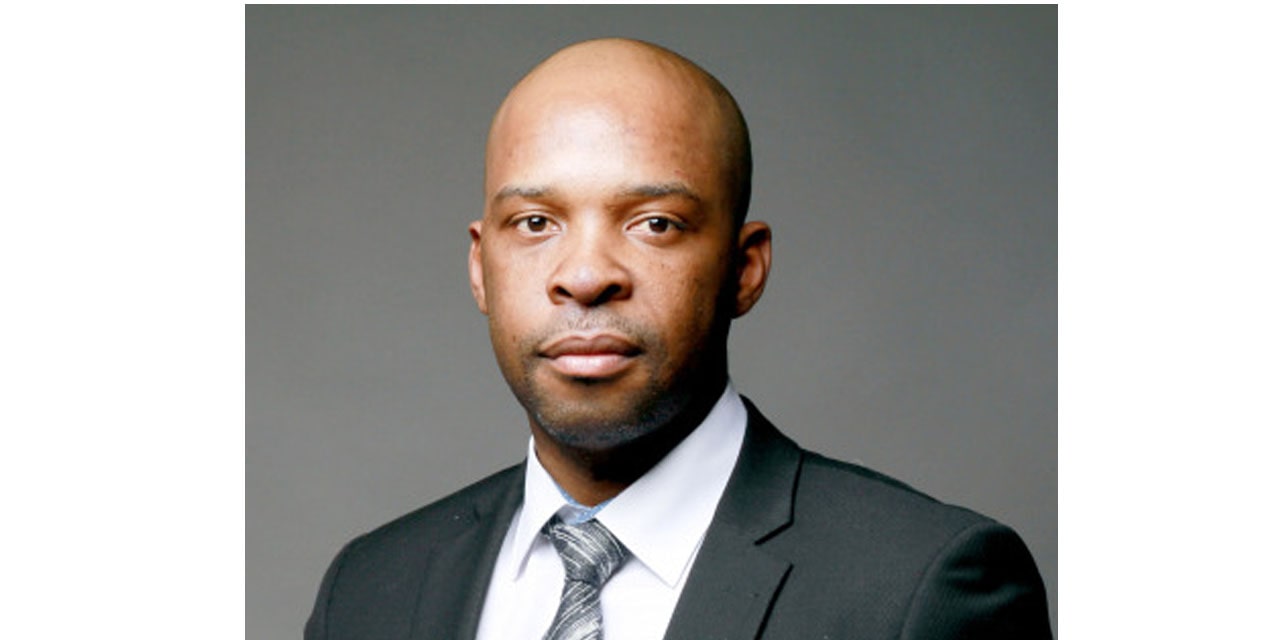Martin Endjala
The Environmental Investment Fund of Namibia (EIF) in partnership with the Mobile Telecommunication Company (MTC) through the IREMA project, has procured four automated weather stations at a total cost of N$800 000.
This was announced by EIF Chief Executive Officer Benedict Lubinda during the handover last week under the theme “Improving Rangeland and Ecosystem Management Practices of Smallholder Farmers under Conditions of Climate Change in Sesfontein, Fransfontein, and Warmquelle areas of the Republic of Namibia.”
The CEO said that procurement of the four stations reinforces Namibia’s unwavering commitment to implementing early warning systems as a crucial means of alerting communities to climate change and enabling them to respond effectively.
He noted that early warning information empowers communities to take timely action in the face of potential disasters such as droughts and floods.
It further serves as a safety net, allowing communities to proactively plan for disasters, thereby saving lives, preserving jobs, protecting ecosystems, and safeguarding critical infrastructure.
Lubinda also revealed that to date, the Fund through the IREMA Project which is implemented in conjunction with the Ministry of Agriculture, Water and Land Reform, has finalized the consultancy work that developed an Early Warning System (EWS) tailored for the Kunene region to the tune of N$950 000.
These weather stations will be installed at the IREMA project sites in Warmquelle, Kamanjab, and Erwee in the Kunene Region. The Fransfontein site has already been installed in November 2022, and the Meteorological Services have been including data from this site in their daily weather bulletin.
The Ministry of Works and Transport, specifically the Meteorological Services of Namibia, will be the custodian of these highly technical Automated Weather Stations and play a pivotal role in their management.
The IREMA project was initiated as a response to the persistent droughts and dry spells that have plagued the Kunene Region. These recurrent drought events have had devastating effects on the region’s primary source of livelihood, which is livestock farming.
Moreover, the communities’ reliance on nature-based livelihoods makes them highly vulnerable to climate change, impacting not only their income but also their food security.
To mitigate these risks, the development of an Early Warning System is said to be crucial, as it utilizes an integrated communication system to help communities prepare for hazardous climate-related events.
It will consist of four key components such as hazard detection, monitoring, forecasting, analysis of risks and incorporation of risk information in emergency planning and warning, timely and authoritative dissemination of warning and community planning and preparedness. These components will work together to alert communities at risk of imminent disasters, enabling them to take proactive actions to minimize the impacts.
This implementation is in alignment with the Namibian government’s comprehensive efforts, as outlined in the National Disaster Risk Management Policy of 2009, the Disaster Risk Management Act No. 10 of 2012, the Disaster Risk Management Regulations of Namibia, and the National Strategy for Mainstreaming Disaster Risk Reduction and Climate Change Adaptation.
This integration of the EWS into existing policies and strategies Lubinda said, underscores the government’s commitment to effectively manage and reduce disaster risks, enhance climate resilience, and safeguard the well-being of vulnerable communities in Namibia.
“It is worth noting that a successful EWS saves lives and jobs, ecosystems and infrastructures and supports long-term sustainability. In fact, early warning systems can also assist in planning, saving money in the long run and protecting economies. Thus, EWS supports people’s livelihoods in a dignified way”, said the CEO.
Despite the progress made, Lubinda added saying that there is still a need to mobilize more resources and prioritise investment in adaptation and early warning early action. This system will not only help decision makers in making informed decisions but lead to increased availability and access to early warning information as stipulated in Sendai Framework, “substantially increasing the availability of and access to multi-hazard early warning systems, and disaster risk information and assessments to people by 2030.”.
Lubinda therefore, reiterated that the sustainability of this project is dependent on the inputs from the stakeholders that directly interface with the hazards as well as continued financial and technical support from the project partners to ensure mitigation of the adverse effects culminating from climate shocks through timely dissemination of accurate climate information to our communities.




